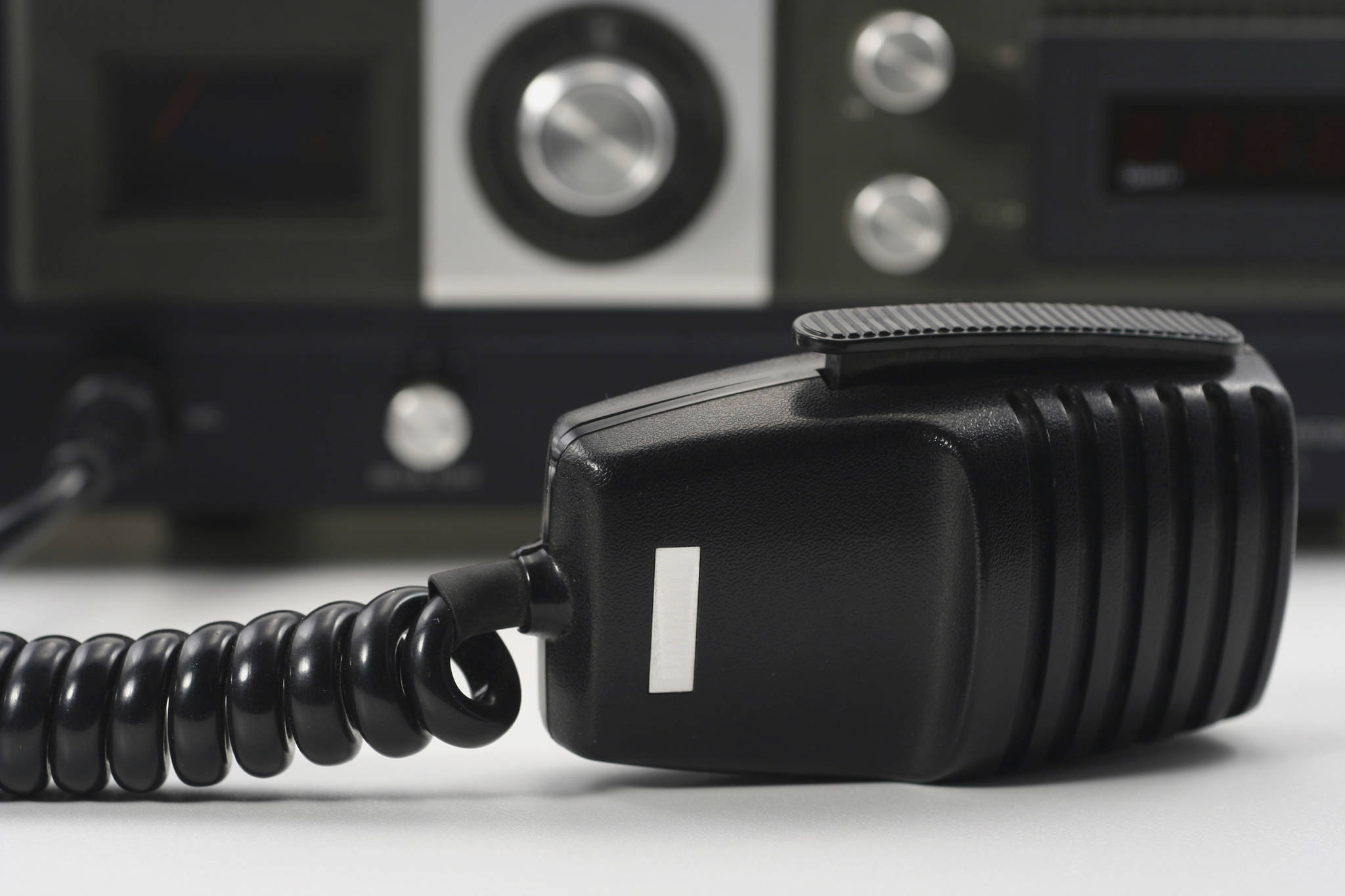San Juan County emergency services may be able to upgrade its radio system soon if funding can be found.
“It’s not simply an off the shelf kind of solution,” San Juan Island’s county councilmember Bill Watson said. “It’s one that would be sort of uniquely designed to work in our environment.”
A possible source could be a slight increase in the retail sales tax, but the council has yet to discuss any funding ideas in an official capacity outside of budget chats, Watson explained. If chosen, that option would go before voters sometime next year, he explained.
“The only reason it would be on the ballot would be if it were going to the voters to approve some sort of funding mechanism,” Watson said.
During a June 18 meeting of the San Juan County Council, Sheriff Ron Krebs shared a slideshow proposal with the council and members of the public.
“This will greatly improve the coverage throughout the county,” Krebs said.
According to Krebs, upgrading the system has been a topic of discussion among fire and sheriff personnel for at least the last 20 years. He explained that the current radio system was installed in the 1960s, with a repeater added in the 1970s to expand coverage. However, it is still very limiting, he said.
“This should solve 99 percent of our problems with communications,” Krebs said, noting that much of the county currently experiences scratchy radio connectivity or no service at all. “Virtually the entire island [will be] covered.”
The system is scalable, redundant and customizable; it would require no building as it would use 20 existing towers owned and operated by Rock Island and T-Mobile; and it would allow interoperability with federal and state agencies, Krebs explained. The cost to upgrade is $2.6 million.
“There are a number of ways to fund this,” Krebs said, adding that there are grants through the state and port authorities that could help. “We’re fortunate enough that Rock Island has already done all the [structural] work.”
There is a sense of urgency, Krebs continued, as available space on a Rock Island pole is in high demand. Also, the county would need to have approval from both landowners and the federal aviation administration before pursuing the expansion.
Krebs highlighted his point by sharing a story from nine to 10 months ago when a deputy had a suspect at gunpoint but was unable to call for assistance because of the lack of radio coverage.
“It’s imperative that we’re able to call for backup,” Krebs said, explaining that there are daily reception issues. “But that’s what [dispatchers and emergency responders] deal with every day.”
San Juan Island EMS Interim Chief Karl Kuetzing said he has experienced the effects of poor radio service. When emergency medical services responds to a scene of a car crash, they are often not alone. Firefighters, deputies and volunteers all converge to assist, Kuetzing explained.
“Poor radio service makes it difficult to coordinate the response as those units are en route,” Kuetzing said. “ If the scene has poor radio reception, it becomes difficult to either request more help if it is needed or for that matter, to stand down incoming units if they are not.”
Additionally, if the scene changes somehow like the car catches on fire, there is no way to alert incoming rescuers of the new conditions. It is difficult to even inform dispatch that help has arrived in certain island locations.
“The west side of [San Juan Island] continues to be problematic,” Kuetzing explained. “ The terrain and topography tend to be the main issues.”
The systems that are in operation now are aging and mostly outdated, Kuetzing said. Radio technology has a life expectancy and can’t be a permanent solution.
“We are in an era of cooperation where we are thinking on a county level, across agencies,” Kuetzing said of the mult-agency efforts being lead by the Sheriff’s Office. “It is not effective to treat the situation as a single agency problem. … We can create a more robust system, that allows for interoperability and creates a cost savings because we’re not being redundant.”
Good radio communication is a matter of safety and is a necessity, Kuetzing continued. It’s important not just for the sheriff’s office, or EMS or fire, it is important to any public servant that responds, he added.
“We have to find a way to fund it. I know that the individual Fire and EMS entities countywide have committed to look at their operating budgets and work toward providing funds toward this project,” Kuetzing said. “We will continue to work inter-agency and with the county council to figure out a way to make the necessary improvements.”



